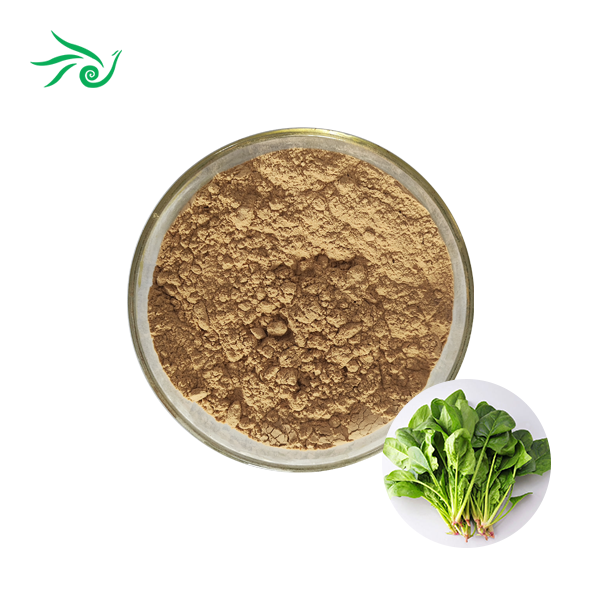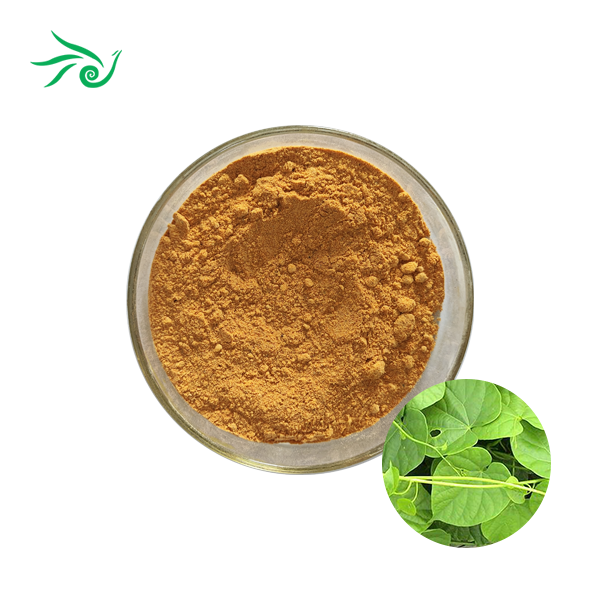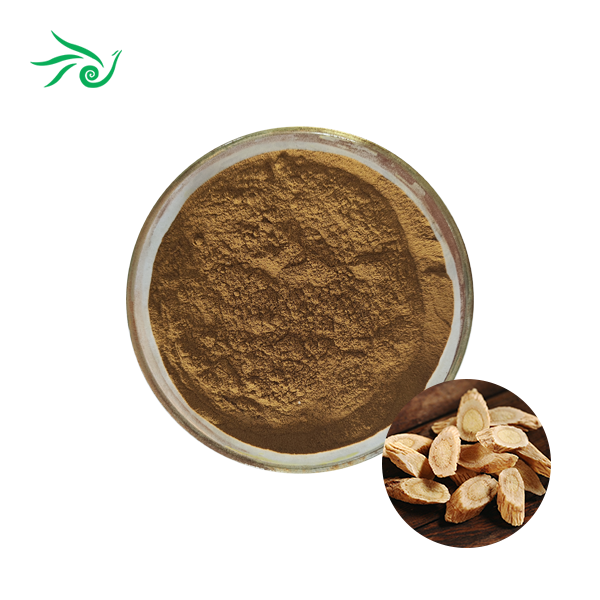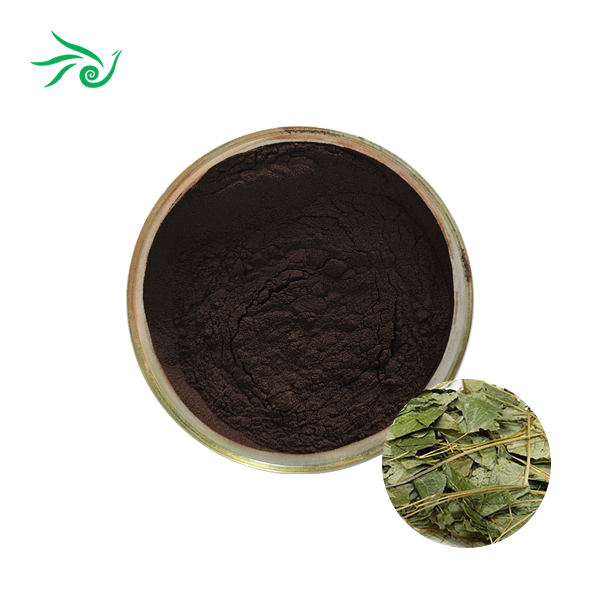what is anethum graveolens?
2024-09-19 09:16:59
Anethum graveolens, normally known as dill, is a flexible spice that has spellbound culinary lovers and wellbeing cognizant people the same. This sweet-smelling plant, with its fragile fluffy leaves and particular flavor, has been a staple in kitchens and nurseries for a really long time. This comprehensive guide will take you through the fascinating world of Anethum graveolens, including its history, applications, and Anethum graveolens extract.
The Botanical Profile of Anethum Graveolens
Taxonomy and Classification
Anethum graveolens has a place with the Apiaceae family, which incorporates other notable spices and vegetables like parsley, celery, and carrots. The slender stem, finely divided leaves, and tiny yellow flowers that appear in umbrella-like clusters distinguish this annual herb. The plant's logical name, "Anethum," is gotten from the Greek word "anethon," signifying "to run up," alluding to its fast development propensity.
Native Habitat and Cultivation
Due to its culinary and medicinal properties, Anethum graveolens, which originated in the Mediterranean and southwestern Asia, has since spread worldwide. Today, it's developed in various nations, flourishing in mild environments with all around depleted soil and adequate daylight. The plant's ability to adapt has made it a popular choice for both home gardens and commercial agriculture.
Physical Characteristics
Anethum graveolens is a tall, upright herb that can reach heights of up to 40-60 cm (16-24 inches). Its leaves are finely divided, giving them a feathery appearance, and are a vibrant blue-green color. The plant produces small, yellow flowers in flat-topped clusters known as umbels. These flowers eventually develop into small, oval-shaped fruits commonly referred to as dill seeds.
Historical Significance and Traditional Uses
Ancient Civilizations and Dill
Anethum graveolens has a rich history that stretches back thousands of years. Archaeological evidence reveals its cultivation in ancient Egyptian tombs, where it was used not only for its medicinal benefits but also as part of religious rituals. Early Greek and Roman texts also highlight Anethum graveolens extract and dill's significance, reflecting its esteemed role in these societies. Beyond its therapeutic uses, dill symbolized wealth and prosperity, often appearing in ceremonies and as a token of affluence. This historical reverence underscores dill's long-standing importance in ancient cultures and its enduring legacy.
Culinary Heritage
Anethum graveolens has been a staple in global cuisines for centuries, valued for its unique and aromatic flavor. In Scandinavian and Eastern European cooking, dill is frequently used to complement fish dishes, while in Middle Eastern cuisine, it enhances the taste of pickles and salads. Its versatility extends to a wide range of culinary uses, from seasoning soups and stews to garnishing dishes. This widespread application across different cultures highlights dill's enduring popularity and its essential role in enriching diverse culinary traditions.
Traditional Medicine
In traditional medicine systems, Anethum graveolens extract has been celebrated for its wide range of health benefits. Historically, it was used to support digestive health, ease insomnia, and act as a natural breath freshener. Both the seeds and leaves of the dill plant, along with its essential oil, were incorporated into various remedies to address these issues. This diverse application highlights dill's versatility and the deep-rooted belief in its therapeutic properties across different cultures and medical practices, illustrating its significant role in traditional healing.
The Power of Anethum Graveolens Extract
Extraction Process
Anethum Graveolens Extract is derived from various parts of the plant, including the leaves, seeds, and stems. The extraction process typically involves using solvents or steam distillation to concentrate the beneficial compounds found in the plant material. This results in a potent extract that retains many of the plant's natural properties and can be used in a variety of applications.
Key Components
The Anethum graveolens extract is rich in bioactive compounds that contribute to its potential health benefits. These include flavonoids, phenolic acids, and essential oils such as carvone and limonene. These components are responsible for the extract's antioxidant, antimicrobial, and anti-inflammatory properties, making it a valuable ingredient in both culinary and medicinal applications.
Modern Applications
In recent years, Anethum Graveolens Extract has gained attention in the nutraceutical and cosmetic industries. Its potential health-promoting properties have led to its inclusion in dietary supplements, skincare products, and natural remedies. The extract is being studied for its possible effects on various health conditions, including digestive issues, blood sugar regulation, and even certain types of cancer.
Conclusion
Anethum graveolens, with its rich history and diverse applications, continues to be a subject of fascination for botanists, chefs, and researchers alike. From its humble origins in the Mediterranean to its global cultivation and the development of potent extracts, this herb has proven its worth time and time again. As we continue to uncover the potential benefits of Anethum graveolens extract, it's clear that this ancient plant still has much to offer in our modern world.
Contact Us
Are you interested in learning more about Anethum Graveolens Extract and its potential applications? Contact Shaanxi Huachen Biotech Co., Ltd. at dongqian@sxhcbio.com for more information on our high-quality plant extracts and how they can benefit your products.
References
Jana, S., & Shekhawat, G. S. (2010). Anethum graveolens: An Indian traditional medicinal herb and spice. Pharmacognosy Reviews, 4(8), 179-184.
Kaur, G. J., & Arora, D. S. (2010). Bioactive potential of Anethum graveolens, Foeniculum vulgare and Trachyspermum ammi belonging to the family Umbelliferae - Current status. Journal of Medicinal Plants Research, 4(2), 087-094.
Badar, N., Arshad, M., & Farooq, U. (2008). Characteristics of Anethum graveolens (Umbelliferae) seed oil: Extraction, composition and antimicrobial activity. International Journal of Agriculture and Biology, 10(3), 329-332.
Stavri, M., & Gibbons, S. (2005). The antimycobacterial constituents of dill (Anethum graveolens). Phytotherapy Research, 19(11), 938-941.
Orhan, I. E., Senol, F. S., Ozturk, N., Celik, S. A., Pulur, A., & Kan, Y. (2013). Phytochemical contents and enzyme inhibitory and antioxidant properties of Anethum graveolens L.(dill) samples cultivated under organic and conventional agricultural conditions. Food and Chemical Toxicology, 59, 96-103.
Chahal, K. K., Monika, K., Bhardwaj, U., & Kaur, R. (2017). Chemistry and biological activities of Anethum graveolens L.(dill) essential oil: A review. Journal of Pharmacognosy and Phytochemistry, 6(2), 295-306.
Send Inquiry
.webp)





